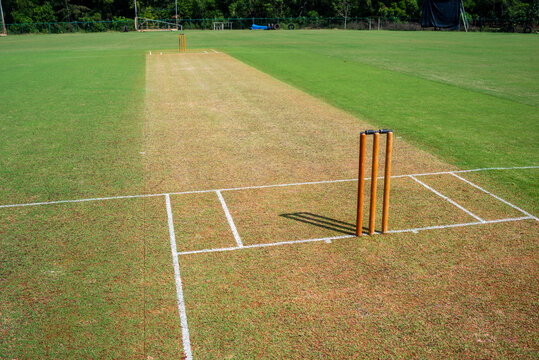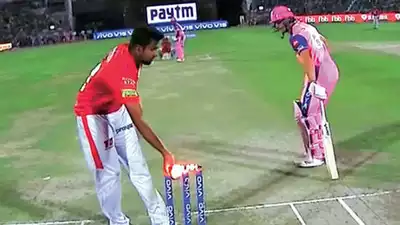The Duckworth-Lewis-Stern method, abbreviated as the DLS method, stands as a mathematical system that serves a crucial role in the world of cricket. English statisticians Frank Duckworth and Tony Lewis initially devised the method, introducing it in 1997 and originally naming it after themselves. Later, Australian academic Steve Stern revamped the formula, taking on the role of its custodian prior to the 2015 World Cup, leading to the inclusion of his name in the method’s title.
The Necessity of the DLS Method
In an ideal scenario, reserving a subsequent day for a limited-overs cricket match affected by rain would be the perfect solution. However, logistical and scheduling constraints often make this option unfeasible. Consequently, cricket’s governing bodies have long sought a fair method to resolve rain-affected one-day matches. When inclement weather interrupts a game, and one or both teams fail to complete their allotted overs, the teams must reach a decision within the remaining time. The objective of any calculation is to adjust the target score based on the reduction in overs. It’s important to note that these calculations are approximations, as there is no single correct answer. The International Cricket Council (ICC) has strived to develop a formula that considers numerous factors and accurately reflects both teams’ efforts. Cricket enthusiasts widely regard the DLS method as the most precise system used in international cricket, thanks to several updates it has undergone.
The Functioning of the DLS Method
The DLS method, in contrast to previous methodologies, factors in the number of wickets and overs when determining targets in cricket matches. It dynamically adjusts targets based on the available resources, acknowledging that the rate at which resources deplete is not uniform throughout innings.
At the outset of an innings, a team possesses a full complement of resources – 50 overs and 10 wickets, equating to 100%. The DLS method quantifies the remaining balls and wickets as a percentage, using a formula that evolves annually to stay in sync with contemporary scoring trends. This percentage decreases more rapidly as wickets are lost and balls are consumed.
The DLS method computes targets by considering what a team should score, given equal resources for both sides. In simple terms, Team 2 calculates its par score by multiplying Team 1’s score by the ratio of Team 2’s resources to Team 1’s resources. Even though a computer program generates these resource values, they do not publicly disclose them.
Furthermore, the DLS method takes into account the possibility of teams adjusting their batting strategies when they anticipate rain interruptions. However, it does so within the confines of a formula and cannot make subjective judgments about individual batting abilities. In the past, there was a prevailing belief that teams pursuing substantial totals should prioritize preserving wickets, even at the expense of a slower scoring rate when rain was imminent. Steve Stern sought to refine the formula to address this issue, aligning it more accurately with the dynamics of high-scoring ODIs and T20 matches.
It’s worth noting that the D-L Standard Edition, an earlier iteration of the DLS method intended for matches lacking computer technology, relies on pre-calculated resource values from a chart. However, this version is not employed in international cricket.




Well done! This article gives a fresh perspective on the subject. Thank you for sharing your expertise.